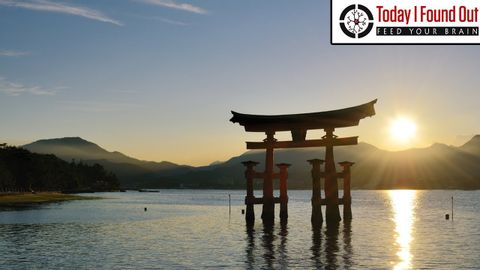日本被稱為的真正原因 (The Real Reason Japan is Called the)
ayami 發佈於 2021 年 01 月 14 日  沒有此條件下的單字
沒有此條件下的單字US /ɪˈlɪməˌnet/
・
UK /ɪ'lɪmɪneɪt/
US /ˈenʃənt/
・
UK /'eɪnʃənt/
US /dɪˈvɛləp/
・
UK /dɪ'veləp/
- v.t./i.詳盡闡述;建立;打造;(使)成長;發展;沖洗(底片);罹患;產生;培養;發展
US /ɪɡˈzækt/
・
UK /ɪɡ'zækt/

